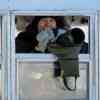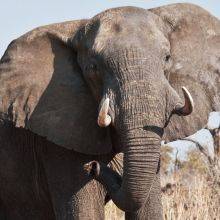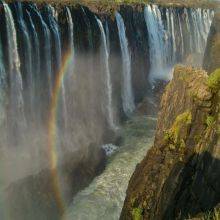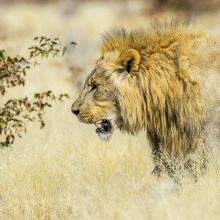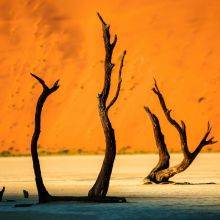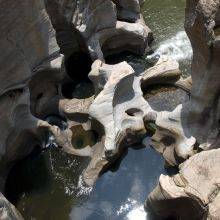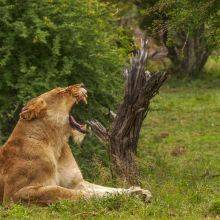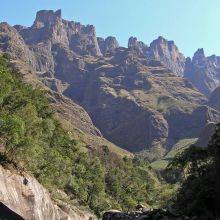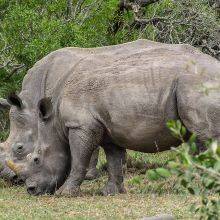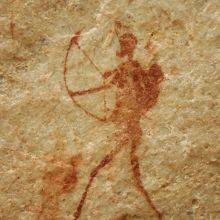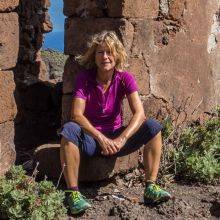When Is the Best Time
The Okavango Delta, the largest inland delta globally, is a unique ecosystem; each year is different depending on the amount of rain coming from Angola and flooding the delta. It is breathtaking to see how the Kalagadi desert turns into lush green in the rainy season. The Okavango is one of the top places in the world to spot the Big Five, hippos and even crocodiles, and abundant antelopes, and the Okavango is a birders' paradise.
April starts to get drier with afternoon showers at the beginning of April. In May, the day Temperatures drop below 30°C. The rainy season was well-needed, and the vegetation is lush green. More mosquitoes are around in the rainy season and at the beginning of the dry season. Night temperatures are already cool below 10°C, and morning drives or mokoro trips are chilly. June and July are the coldest months; night temps can drop to freezing. Days are pleasant, on average, around 25°C. August already heat up, and September reaches 30°C.
Increasing humidity because of evaporation. The Okavango flood drops. The best time to visit the Okavango is the driest, coldest and most pleasant season, from June to August. There are fewer mosquitoes as well, which minimizes the risk of catching malaria.
Increasing precipitation in October still showers only. But the increasing heat and humidity are almost unbearable. We visited the Okavango in September, and the midday heat was already muggy. The rain is a relief to cool down the heat. November and December are hot during the day, only in the morning, temperatures are pleasant, and trips in the Okavango are bearable. Showers and thunderstorms occur more often in the afternoon. January and February are the wettest months, which I do not recommend for the Okavango Delta. The day temperatures are always above 30°C, even topping 35°C in October and November.
Malaria is an issue in Africa, and the risk is the highest during the rainy season and at the beginning of the dry season. It is recommended to wear long-sleeved shirts and long trousers to keep mosquitoes at bay. It is advisable to take antimalarial medication in high-risk times, and even in the dry season, I recommend a stand-by medication in your suitcase.
Best Months to Visit
Location and Tips

Botswana is famous for self-driving safaris and guided tours as well. We always felt safe during our entire trip in Botswana from Chobe to Moremi and the Okavango. The Okavango for me the always-changing heart of Botswana. A visit to the Okavango is only completed with a ride in the Mokoro watching the game right from the channels. The mokoro is a traditional canoe constructed from a single tree in former times. Nowadays, it is made from fibreglass.
We explored the waterways by boat and in the mokoro several times. Our evening boat rides for bird watching were always an unforgettable experience with jaw-dropping sunsets. Our guide, Baams ran an extra mile for us, and we enjoyed the stories he shared with us about life in Botswana.
One of our mokoro tours led to Chief's Island. The island is located in the delta, and depending on the water level, you can walk on the island with your guide. Usually, the island is accessible at the end of the dry season due to the declining water level. The hippos use the waterways and created these channels for their movement. Therefore, if you pass the narrow canals in a mokoro, it can happen that you bump into a hippo. We had a scary experience with a hippo underneath the mokoro. Our boat swung heavily; we thought we would fall into the water.






















